S355-J2 MS Beams
Product Details:
- Recyclable non-recyclable
- Product Name Stainless Steel Products
- Steel Type Mild Steel
- Grade MS
- Thickness 5mm Millimeter (mm)
- Shape Customized
- Surface Polished
- Click to View more
S355-J2 MS Beams Price And Quantity
- 74000 INR/Piece
- 50 Inch
S355-J2 MS Beams Product Specifications
- Gray
- MS
- Steel
- Construction
- Polished
- 5mm Millimeter (mm)
- Customized
- Stainless Steel Products
- non-recyclable
- Mild Steel
S355-J2 MS Beams Trade Information
- Standard, As per requirement,
- All India
- We are certified under the ISO 9001:2015 standard, with authorized distributor of Memorandum of Understanding (MoU) customer of the Steel Authority of India Ltd. (SAIL).
Product Description
S355J2 Mild Steel (MS) Beams
Overview
S355J2 MS beams are structural steel beams made from S355J2-grade mild steel, a high-strength, low-alloy steel under the EN 10025-2 standard. The "J2" designation indicates that the material has undergone Charpy V-notch impact tests at -20C, ensuring excellent toughness and performance in cold environments. These beams are widely used in construction and engineering applications where durability and load-bearing capacity are critical.
Key Features and Benefits
-
High Strength
- S355J2 beams have a minimum yield strength of 355 MPa, making them suitable for heavy-duty structural applications.
-
Superior Toughness
- Enhanced resistance to impact and brittle fractures, even in low-temperature conditions.
-
Excellent Weldability
- Can be easily welded using conventional methods, ensuring seamless fabrication for various designs.
-
Corrosion Resistance
- Offers moderate resistance to atmospheric corrosion, suitable for both indoor and outdoor applications.
-
Sustainability
- 100% recyclable, contributing to eco-friendly construction practices.
-
Customizability
- Available in various profiles, sizes, and finishes to meet specific project requirements.
Applications of S355J2 MS Beams
-
Construction Projects
- Building Frameworks: Commonly used in commercial, industrial, and residential buildings.
- Load-Bearing Columns and Girders: Provides stability and support for heavy loads.
-
Infrastructure Development
- Bridges and Overpasses: Ideal for girders and structural components in bridges.
- Transportation Infrastructure: Used in railway platforms, tunnels, and flyovers.
-
Industrial Applications
- Heavy Equipment and Machinery: Used for bases and supports in industrial setups.
- Factory Structures: Robust frameworks for warehouses and production facilities.
-
Marine and Offshore Engineering
- Suitable for shipbuilding and offshore platforms, with good performance in challenging environments.
-
Energy Sector
- Used in wind turbine towers, power plants, and renewable energy structures.

Price:
- 50
- 100
- 200
- 250
- 500
- 1000+

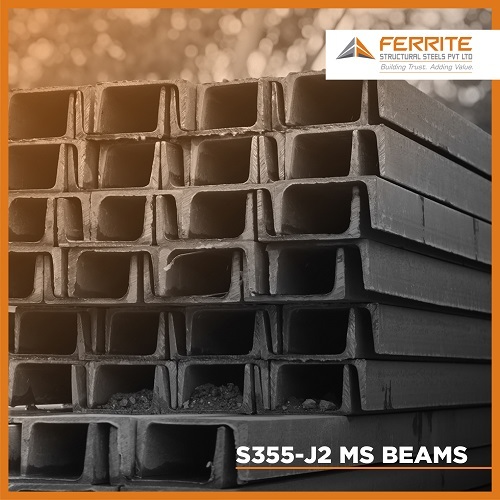
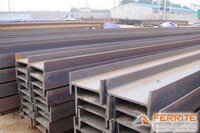
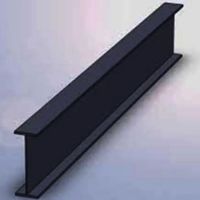
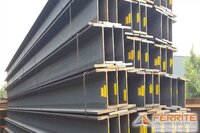
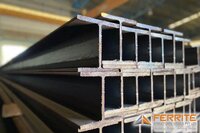





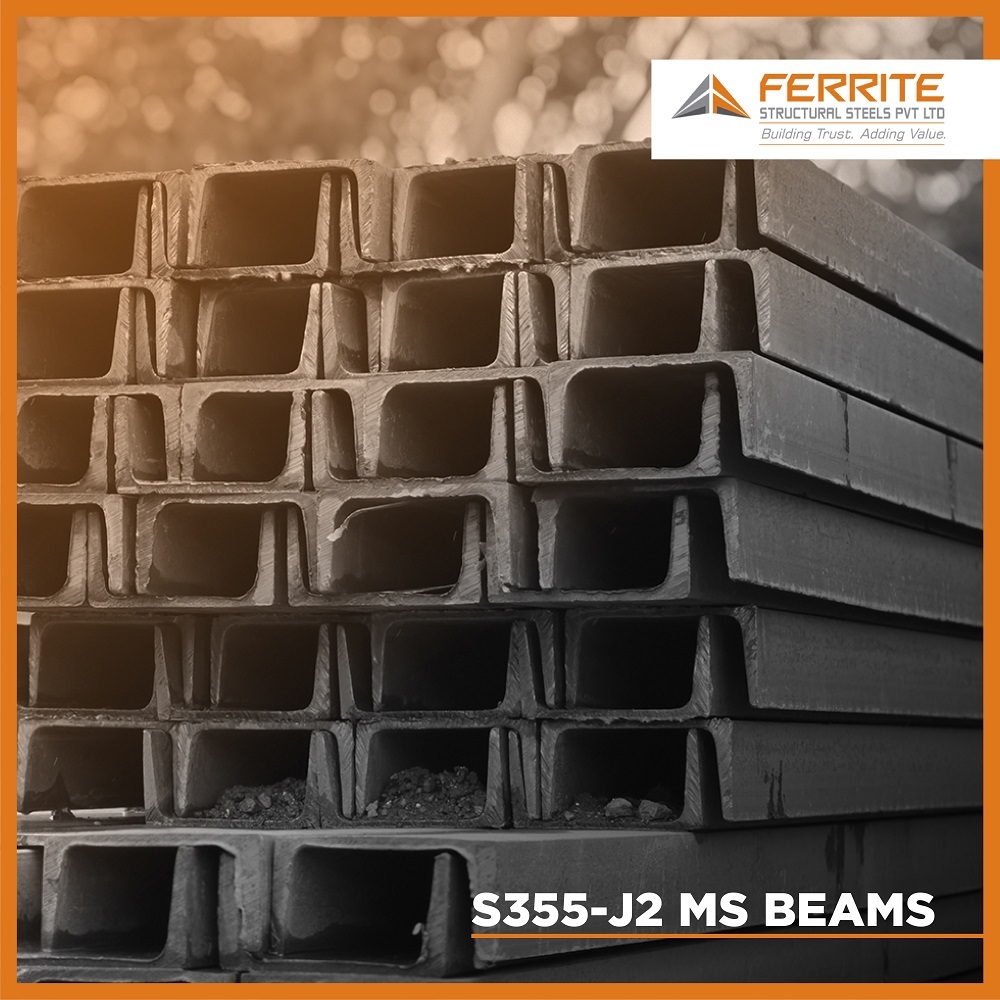
 Send Inquiry
Send Inquiry Send SMS
Send SMS
